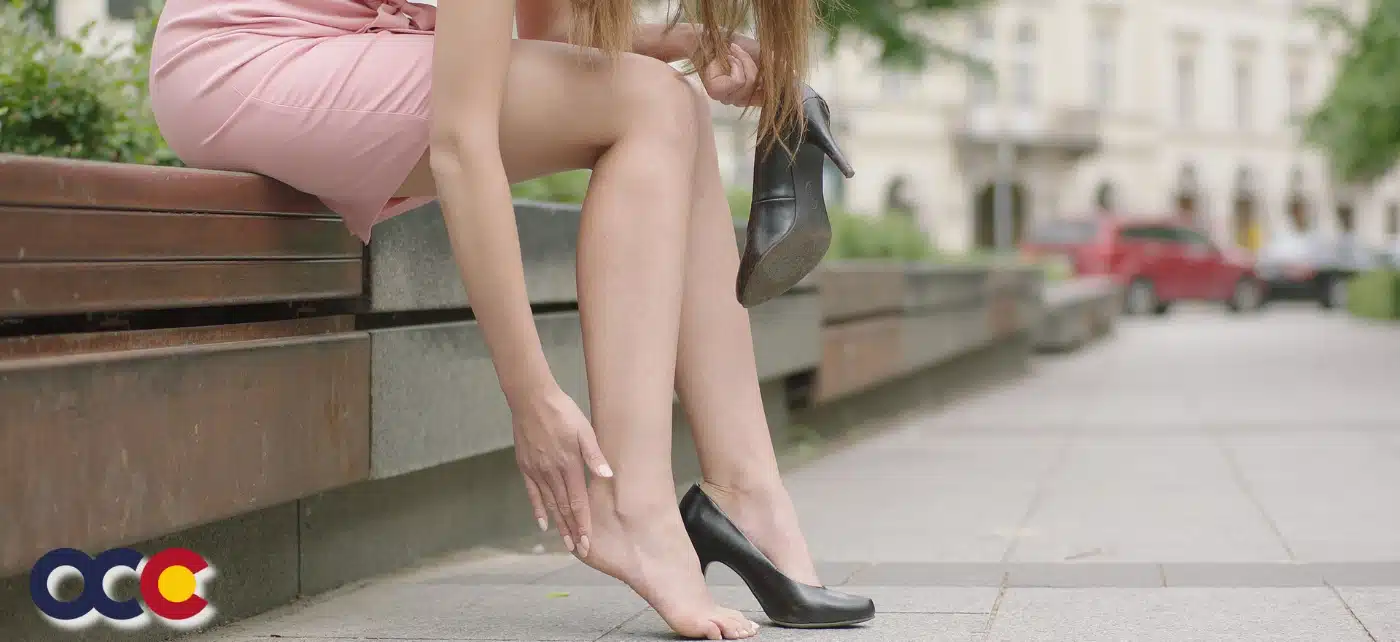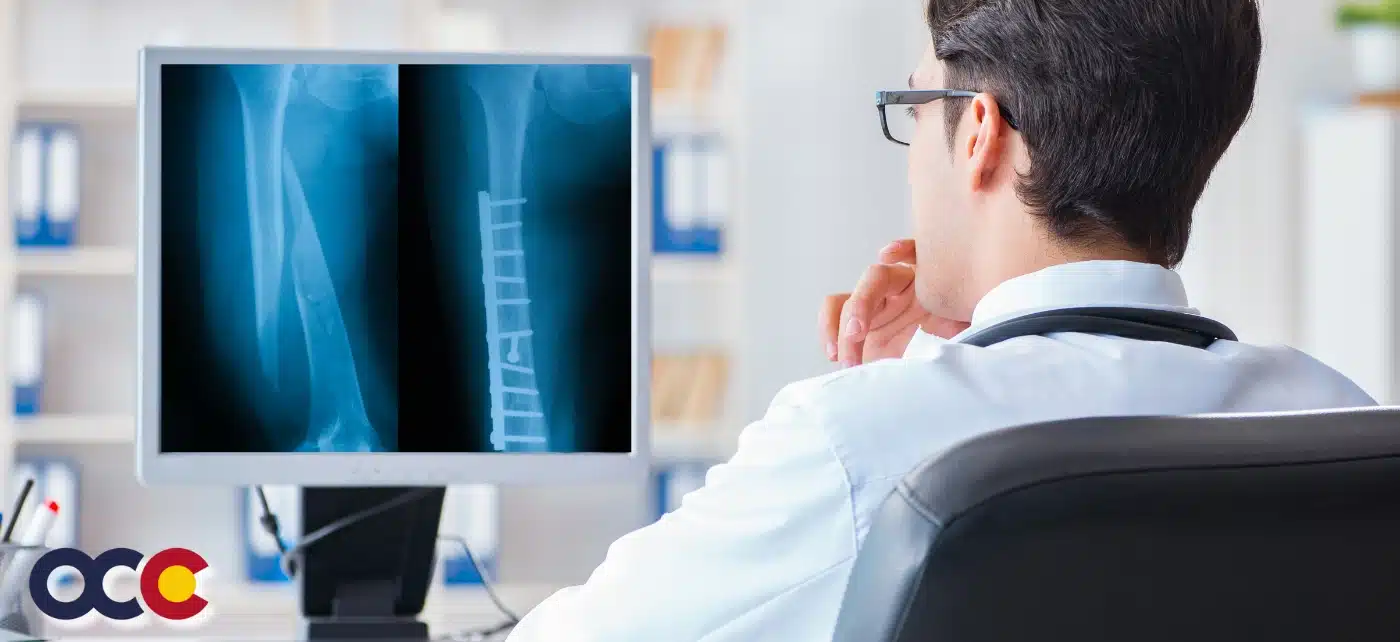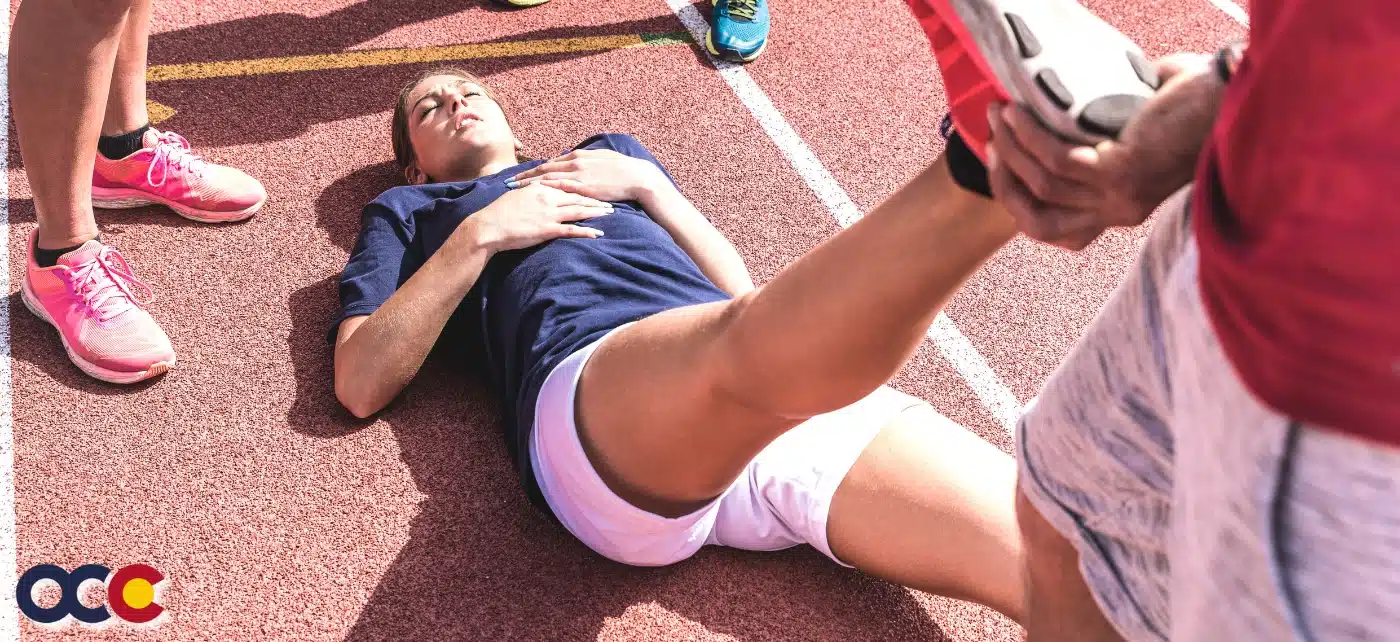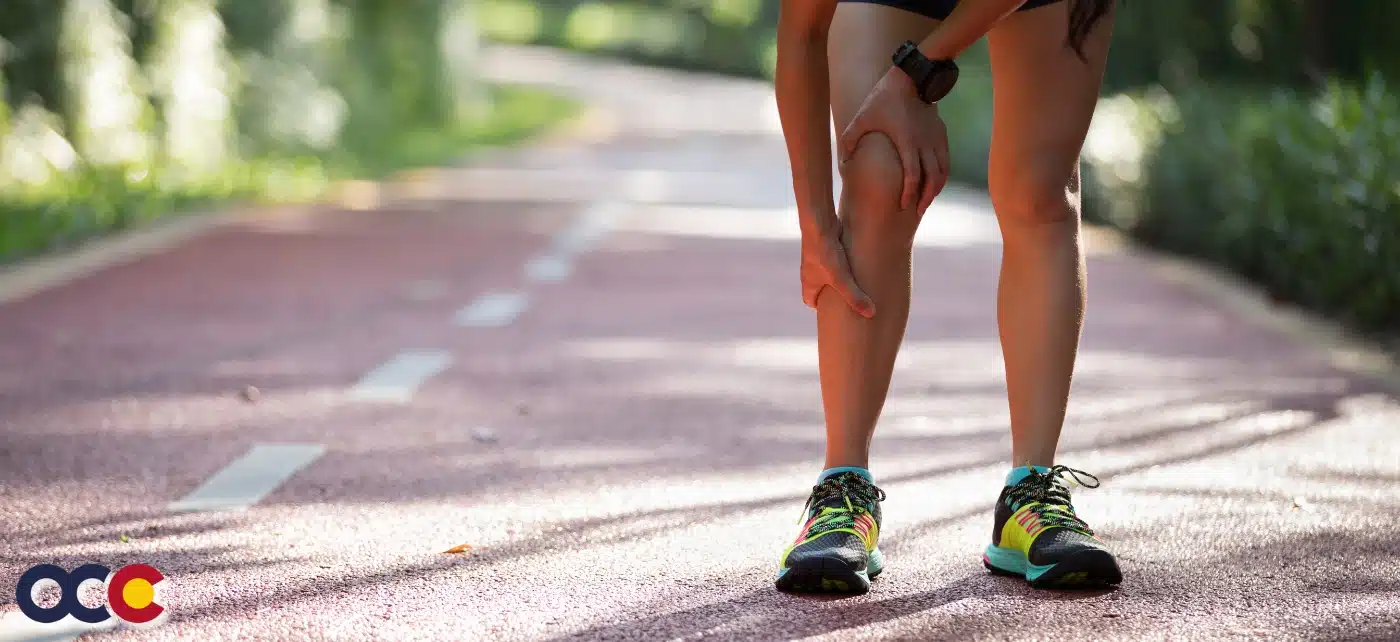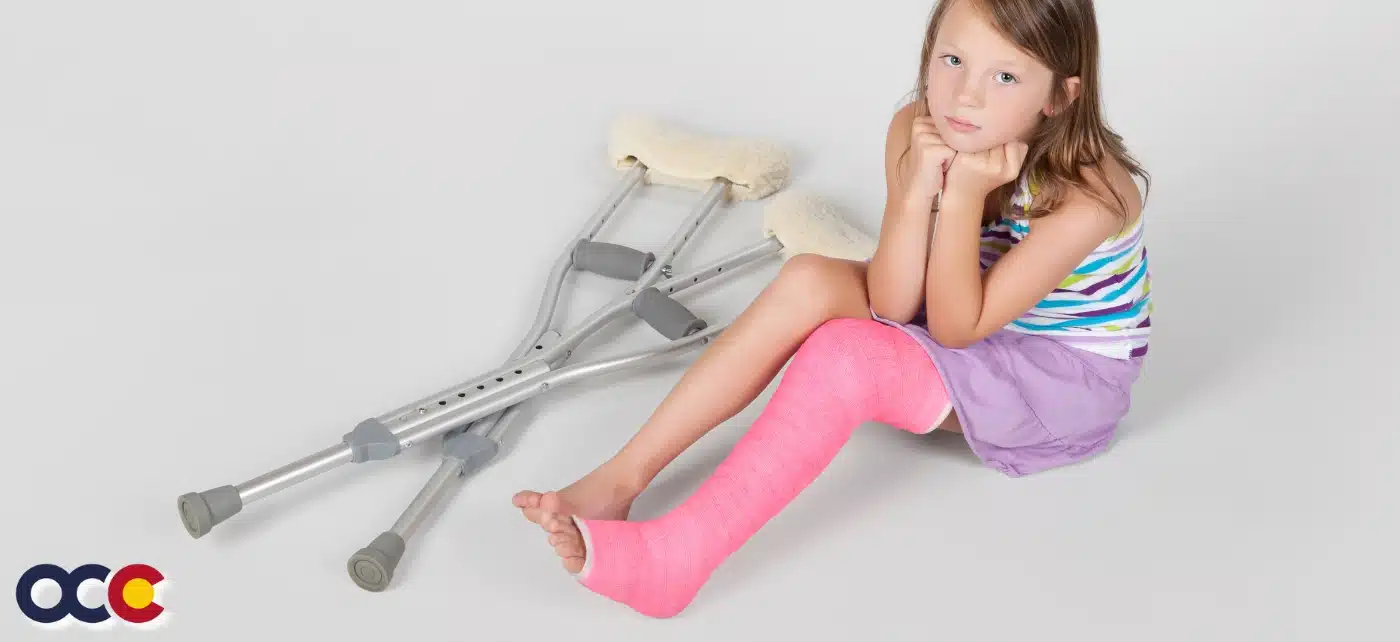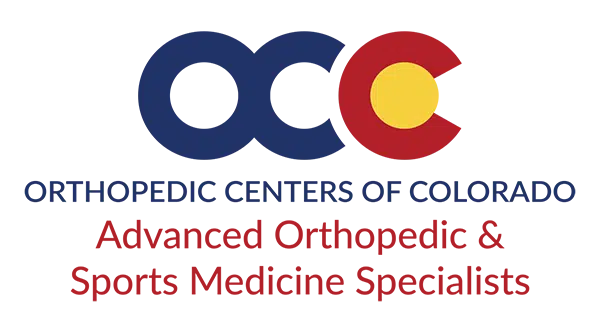Skiing is a great winter activity, and because it uses all of our muscle groups, it makes for great exercise. As Coloradans we are blessed to have easy access to some of the world’s greatest skiing, and the first local resort is already open for the 2013-14 season. But the best snow is still to come, so it’s not too late to start your pre-season conditioning! The best way to get ready for the slopes? Read on for great ways to get in ‘slope shape’ by focusing on three key areas – core strength, leg and hip strength, and flexibility.
Start with your core. Think about the classic skiers’ pose for a moment. See how you bend at the waist and the knees as your body navigates down the mountain? Without balanced strength across your entire core – your abs, lower back and obliques – skiing puts undue strain on your back. Using your whole core to stabilize your body will reduce back strain, protect your spine and provide better balance and coordination. There are a lot of great core exercises out there, but we like these three because you can do them virtually anywhere, and with the exception of an exercise ball, they require no special equipment:
1. Crunches (for abs) – there are many varieties – pick several and rotate to keep your ab muscles guessing.
2. The basic “plank” where you hold yourself in a pre-push up position while tightening your core muscles for a 30-count each time – builds back strength.
3. Any activity that involves an exercise, or “stability ball” requires you to engage your core and, as the name implies, helps to promote stability.
Build strong hamstrings, quads and glutes to protect hip and knee joints. As we lean forward in that typical skiers’ pose, we require hamstring, glutial and especially quadricep strength to keep from falling over. Even the most fit among us will admit to having sore quads after a hard day of skiing – we rely on them that much to maintain balance and move among moguls, or even to make a basic “s-curve” down the mountain. Our favorite exercises for these areas start with low-impact, steady strength training, and again don’t require any equipment:
1. Lunges are great because they work all three areas together, and you can progress at your own pace by varying the depth of your lunge, the number of reps and the amount of weight your legs bear. Most people can start with just their own body weigh, and add hand weights over time.
2. Steps. But not just any steps. To truly work the hamstrings and glutes you really need to step up – at least 12 inches off the ground for most people (this varies depending on your height). You don’t need any special equipment to get started–even taking stairs two-by-two will get you going. You can also use a stationary step and add some hand weights to increase resistance over time.
Improve your range of motion and flexibility through stretching. If there’s one thing we know for sure, skiing always brings its surprises –uneven terrain, crowded runs, and bad visibility are just a few factors that require us to be on our toes and make quick, often unexpected movements. By improving your joints’ range of motion and your flexibility before you take your first run of the year, you are far more likely to avoid injury when you have to act fast on the mountain. We love these “yoga inspired stretches” from snow.com, which focus on the very same core, glute and leg muscles we’ve been talking about.
So no more excuses – get going! Yes, the snow is flying across the state, but you still have time to get in slope shape without even heading to the gym. If you are one of the lucky among us who has already taken their first run – we want to hear about it! Or better yet, we want proof, post a photo on our Facebook page or drop us a line!

